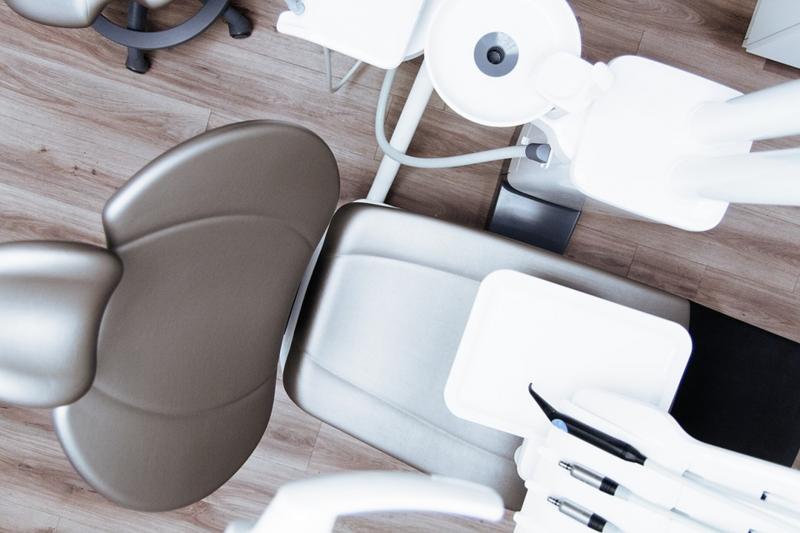Why Poor Hygiene Can Put Dental Patients at Risk
Infection control is an extremely important aspect of working in a dental practice. However, it is all too often that we hear about dental infection control breaches in the media. Infection control breaches come in all shapes and sizes - some might be subtle, while others are glaringly obvious. But is this really a cause for concern?

Although all dental practices have their own infection control programs in place which include measures for hygiene, cleanliness, and waste disposal, not all dental practices follow them properly. In fact, research has shown that some of the most frequent violations are also some of the simplest to prevent. Being aware of these common issues can save you, your practice, and your patients from being put at risk of harm. Keep reading below to find out more:
Why is Good Hygiene Important?
Good hygiene and cleanliness are basic requirements for good health. The importance becomes even more important in a dental setting, where people come to get help for their oral issues. Although dental practices offer treatments and cures for a range of issues, such as a broken tooth or a gum infection, they are also a potential source of cross-contamination if dental practitioners are not vigilant with their hygiene routines.
What is Cross-Contamination?
Cross-contamination is the transfer of harmful organisms such as viruses or bacteria. The spread of infection can occur between pieces of equipment, people, or within the human body. Infection can cause multiple complications, which is why it is so important to be aware of these infections and take precautions to prevent them from transferring between individuals.
5 Ways Dental Practices Can Ensure Good Hygiene
It is often hard to find the time to create, implement and monitor infection control and prevention measures. However, there are lots of simple things dental practices can do to improve hygiene and prevent the spread of infections such as:
Follow the correct hand hygiene procedures - Research has shown that hand hygiene is the number one way to prevent the spread of infection. However, despite dental practices having policies in place to prevent infections from spreading, studies show that dental practices fail to follow their policies and procedures approximately 37% of the time. Considering that hand-washing is such an easy thing to do, this evidence is astounding.
Use sterilizer properly - Although most dental practices wipe down the equipment between patients, many of them are not using sterilizing fluid correctly. Improper use of sterilizer can be just as ineffective as not sterilizing equipment in the first place.
Sterilize Handpieces - Although many people think that handpieces cannot be sterilized, the truth is, they can. However, very few practices choose to sterilize their equipment. In fact, most dental practices believe that they can simply get away with wiping their handpieces down in order to prevent cross-contamination.
Ask for help – companies like ICR help dental practices to create a plan and improve their practice. They will also monitor and review your infection prevention program.
Wear the correct PPE – dental practitioners need to wear the correct PPE. This includes things like a mask, gloves, and an apron. It is also important to remember that these items need disposing of after each patient.
It is the responsibility of a dentist to ensure that the right procedures and protocols are put in place to prevent or limit the spread of infection in dental practices for their patients, their employees, and themselves. Dentists are expected to keep their skills and knowledge up to date concerning the management and diagnosis of infectious diseases that may be transmitted in a clinical setting. Dental practitioners who do not do this could be risking the health or the lives of their patients.
More to Read:
Previous Posts:





